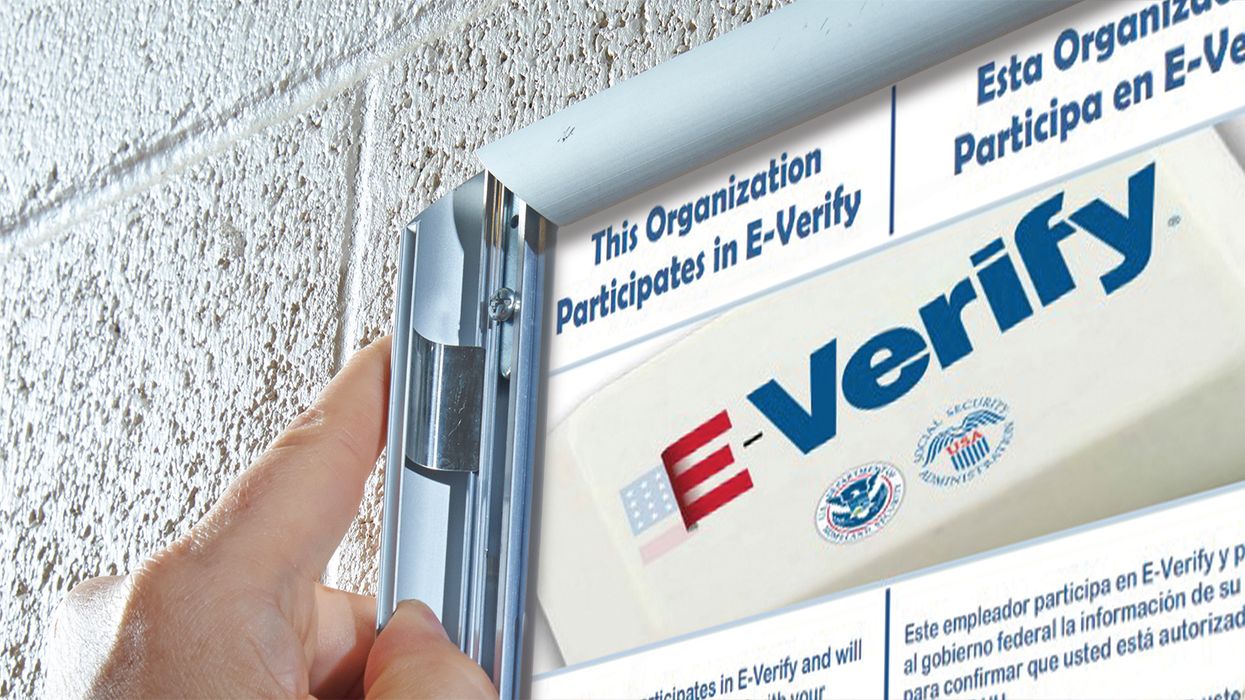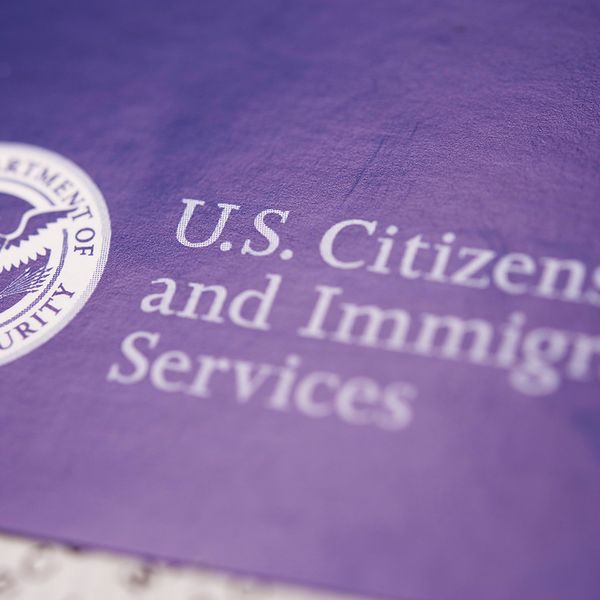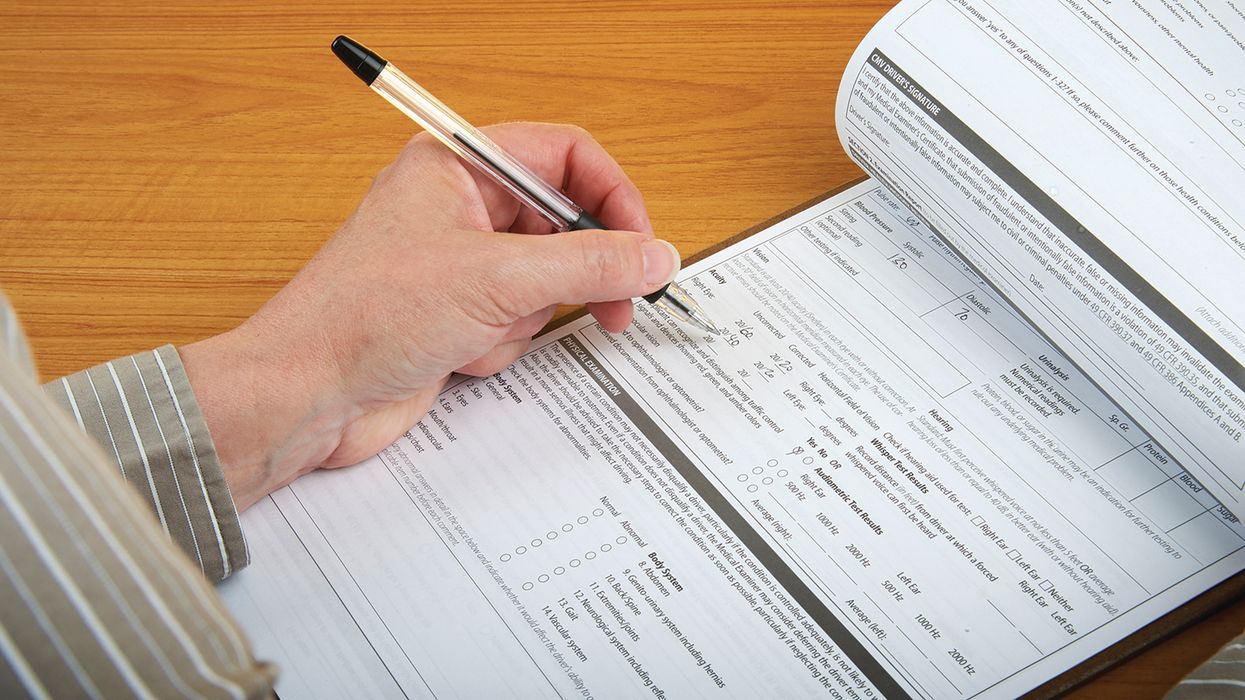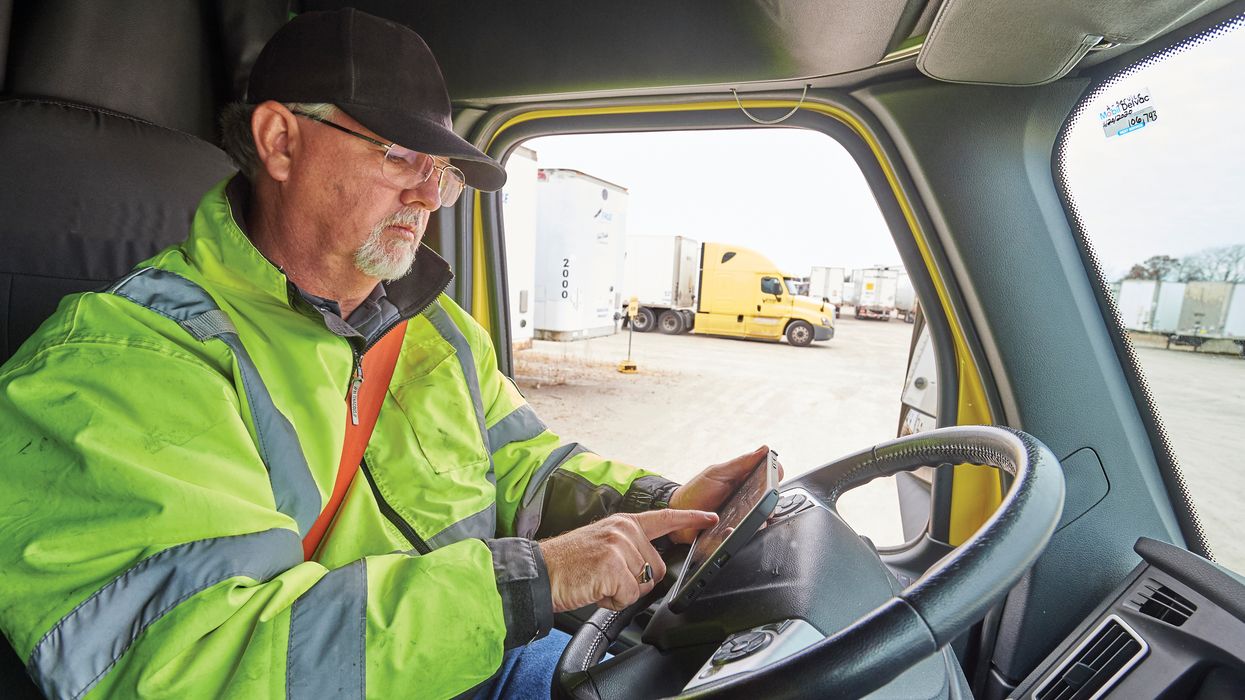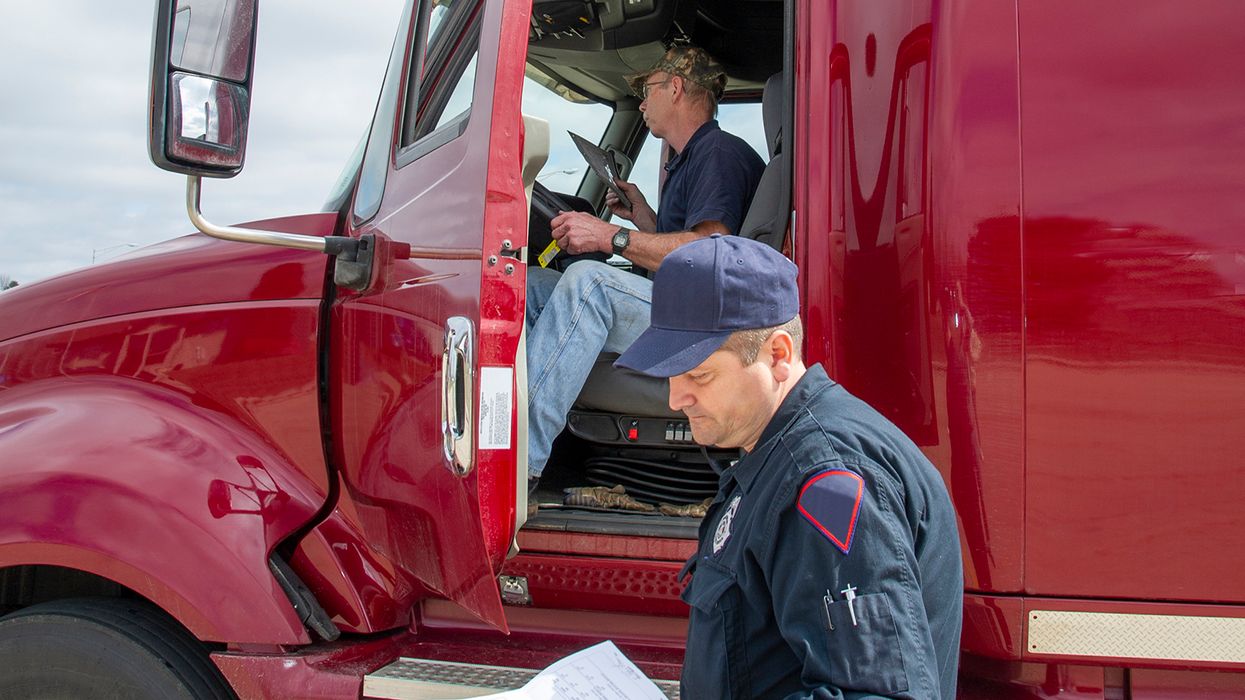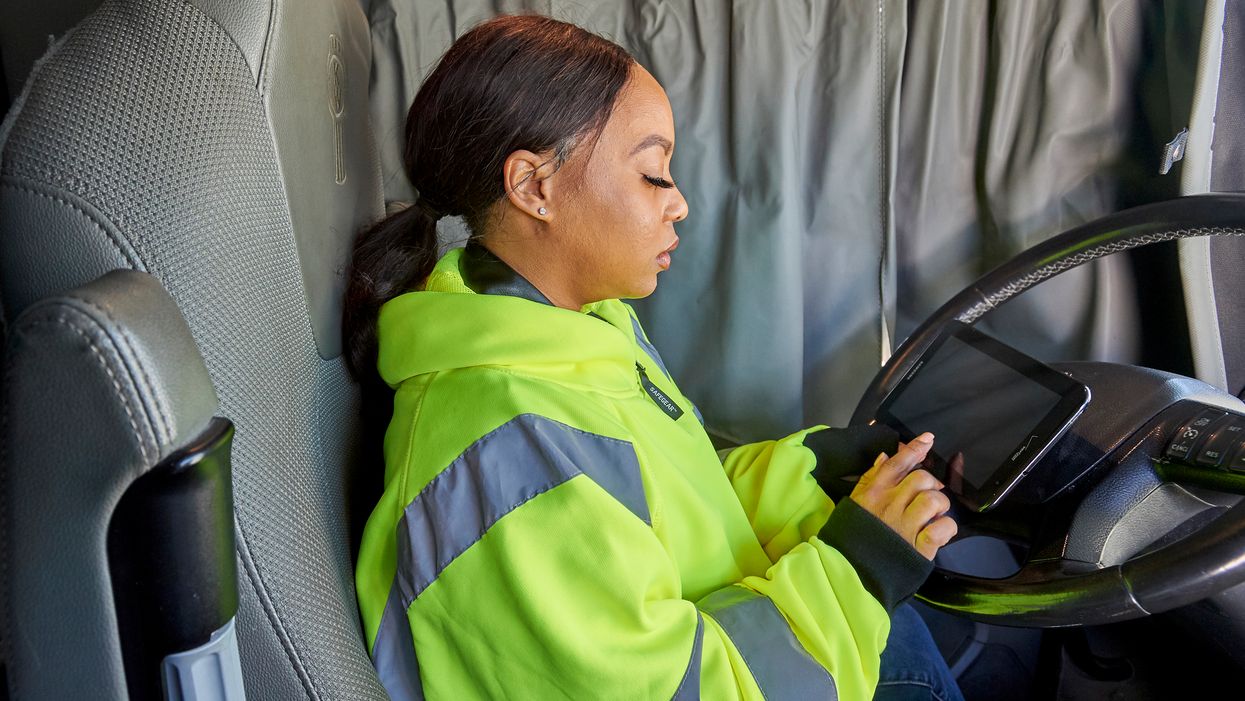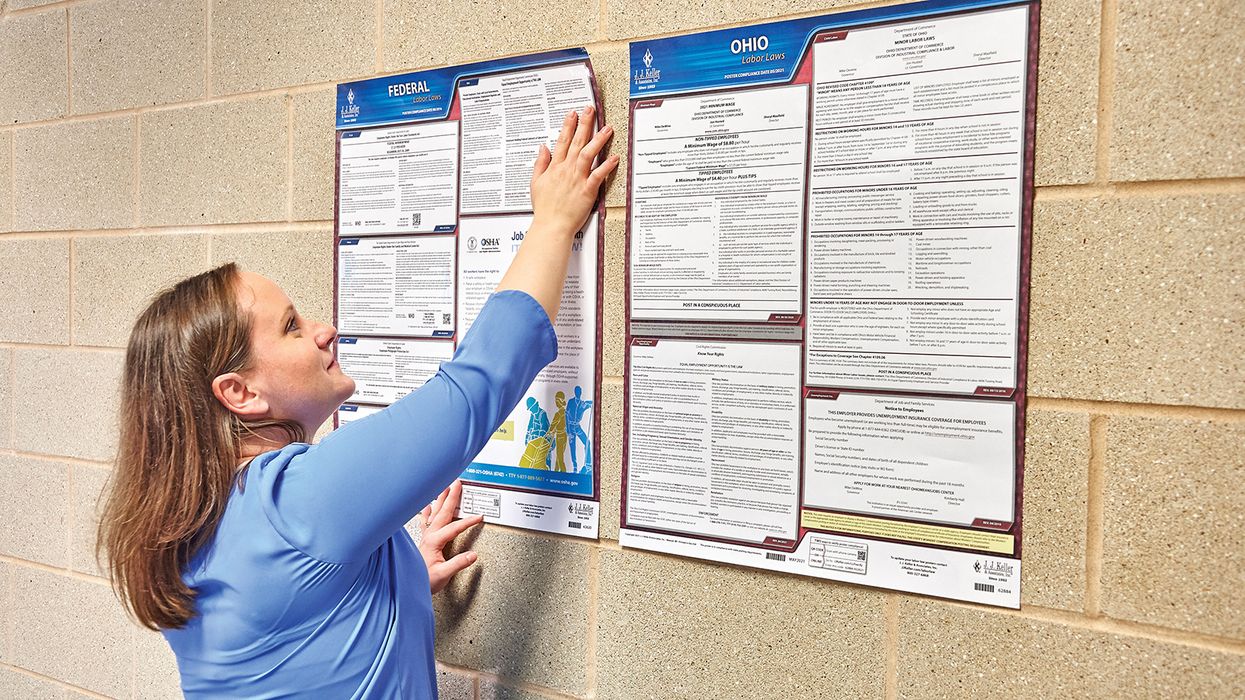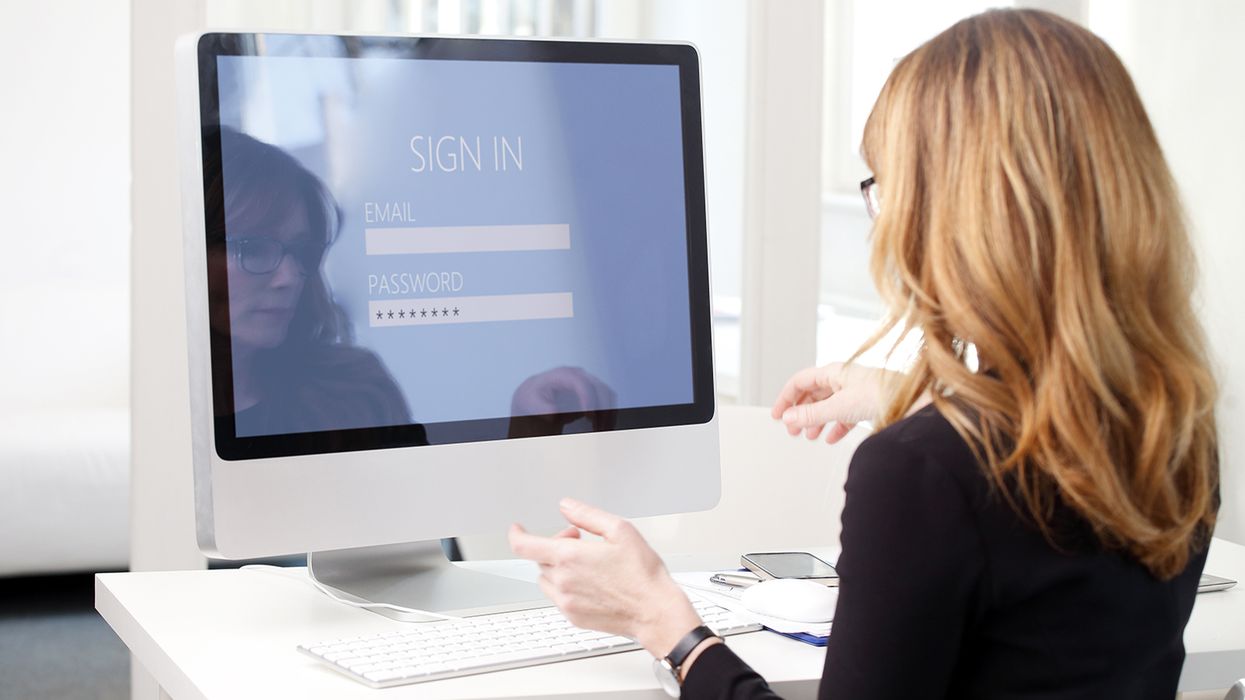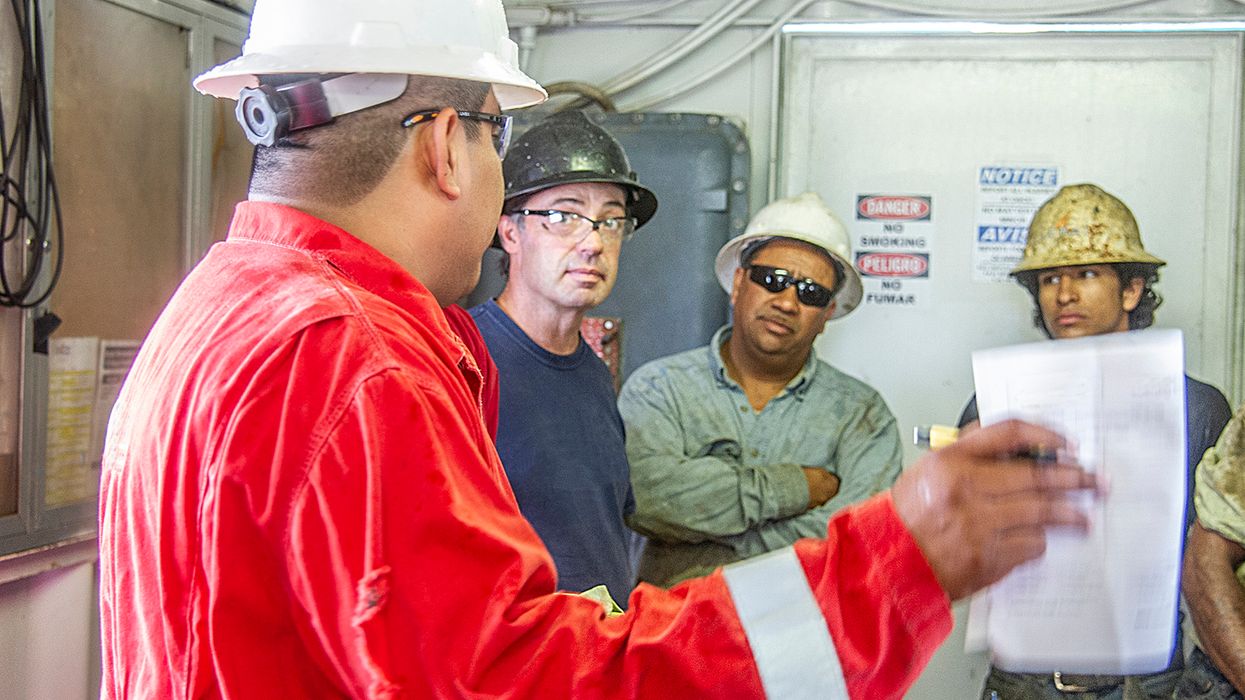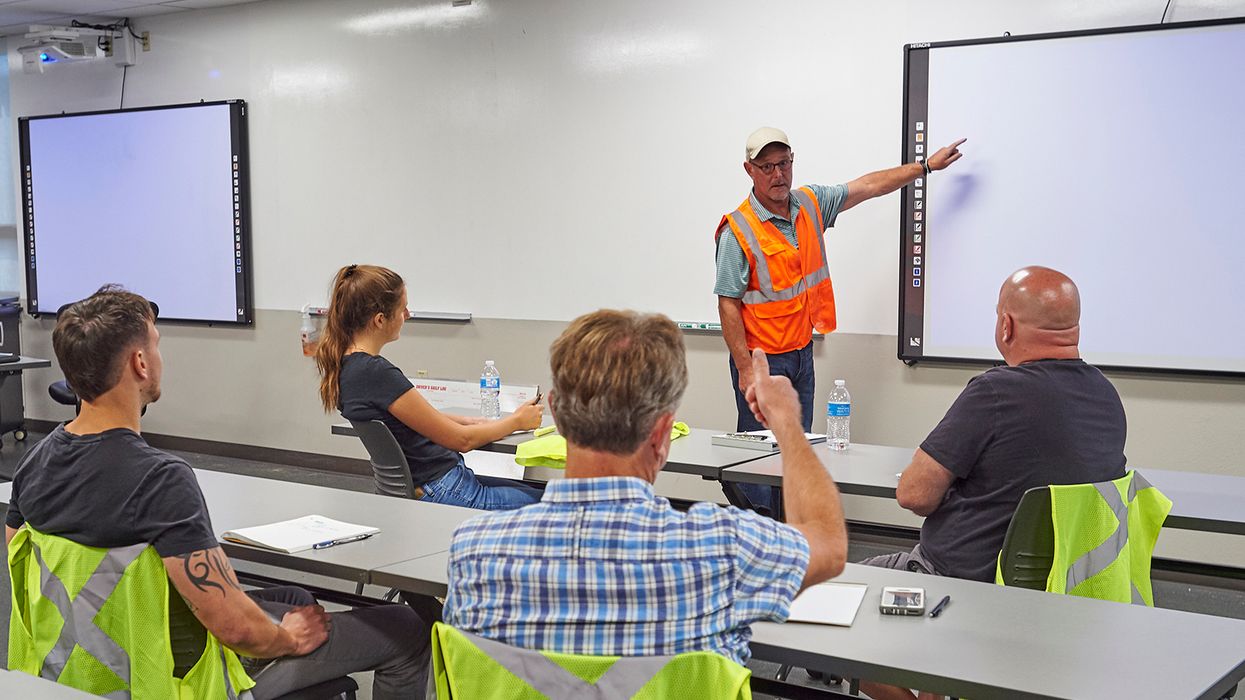E stands for “easier” under NextGen Form I-9 and E-Verify process
A simplified Form I-9 and E-Verify process that shifts some responsibilities away from employers is being previewed on the E-Verify website.
Called E-Verify NextGen, the product streamlines the process used to verify an employee’s identity and ability to work in the United States. Under the new process, employees can enter more information directly into the E-Verify system and carry the verification with them when they switch jobs.
Employers must currently complete a new Form I-9 for each new hire and enter the information into E-Verify if they are enrolled in the program.
3 significant E-Verify enhancements
The E-Verify website doesn’t provide a start date for the new process, but offers a preview noting that the system will feature changes in:
- Personal information and document entry. With NextGen E-Verify, employees will enter their own personal information and documents into E-Verify.
Currently, employers are required to enter an employee’s information into the system, based on what an employee has entered on the Form I-9. An employer also reviews the employee’s documents. - Notification of status and responsibility for further action notices. Direct notification of questions about employment status is another feature of Next Gen. In most cases, employees will be notified immediately if further action is needed to determine their employment eligibility. They will also be told the next steps to take if employment eligibility is not immediately determined.
Employers are currently required to deliver Further Action Notices to employees when information entered into the E-Verify system does not match government records. Under the new system, this step would be eliminated. - Carryover to new employers. With the new system, employees will be able to update information and share their employment eligibility status with new employers. They will carry their verification status over to new employment.
This will be integrated into the E-Verify system, allowing employers to manage all E-Verify cases in one place.
Currently, employees and employers must complete a new Form I-9 and enter a new E-Verify case (when an employer uses the system) each time an employee starts a new job.
E-Verify required for some employers
Federal contractors must use E-Verify and it is also required under some state laws. Employers using the E-Verify system complete the Form I-9 for each new employee and then enter the information on the form into the E-Verify system. The system provides immediate results of an employee’s eligibility or the need for additional information.
Employers who do not use E-Verify are still required to complete the Form I-9 for new hires.
The NextGen preview does not address any updates for employers who do not use the E-Verify system, so the enhancements may act as an incentive for more employers to voluntarily use it.
Updated Form I-9 on the way
The announcement of the NextGen enhancements on the E-Verify website comes at a time when the Form I-9 is on the verge of an update.
The current form has an expiration date of October 31, 2022, but the Department of Homeland Security is directing employers to continue using the current form until further notice.
The agency will publish a Federal Register notice to announce the availability of the new version.
Document inspection may also change
The DHS is also looking at making changes to documentation inspections for remote workers.
In August 2022, a proposed rule was issued that would create a framework for alternatives to physical document inspection. This could include remote review of documents.
The DHS has said that it anticipates publishing a final rule in the Federal Register to implement this, but a publication date has not been announced.
Key to remember: Employers should watch for enhancements to the E-Verify system, as well as an update to the Form I-9 and the document verification process for remote employees.

